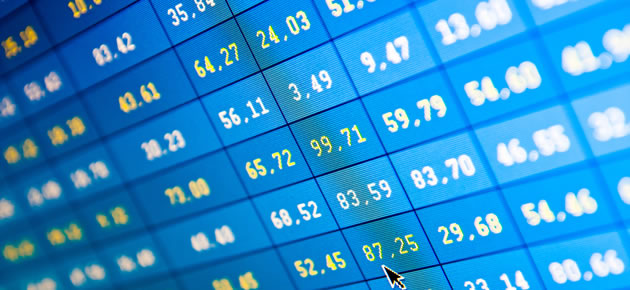Yesterday the Euro was supported by better-than-forecast French, German and Eurozone manufacturing reports.
The declining odds of the European Central Bank introducing additional stimulus also boosted the Euro and the currency was able to advance on several of its major peers in spite of developments in the Ukraine sparking risk-aversion.
Overnight the ‘Aussie’ extended declines against the Euro as investors digested the Reserve Bank of Australia’s latest policy statement.
While the central bank opted to leave interest rates unchanged and fiscal policy unaltered (as forecast by economists) it did state that the Australian Dollar remains overvalued.
The ‘Aussie’ consequently declined modestly against the majority of its most traded currency rivals.
In the view of one Sydney-based currency strategist, ‘It’s a small negative for the Aussie in that the RBA was willing to resume even the mildest jawboning. It’s just a very gentle reminder that longer term, they do expect the Aussie will be lower.’
However, Australian Dollar declines were tempered by the news that domestic building approvals climbed by 6.8 per cent in January, month-on-month, following a positively revised decline of 1.3 per cent in December. Economists had forecast an increase of 0.5 per cent.
Separate figures also revealed that Australia’s current-account deficit narrowed in the final three months of last year.
Today’s Eurozone producer price index is unlikely to trigger any extensive Euro movement, but additional EUR/AUD fluctuations could be enabled by Australia’s AiG performance of service index for February.
Last month the index came in at 49.3, below the 50 mark separating growth from contraction.
Australian growth data is also likely to have a considerable impact on the currency.
The nation’s economy is expected to have grown by 0.7 per cent in the fourth quarter, quarter-on-quarter, and 2.5 per cent year-on-year following expansion of 0.6 per cent in the third quarter.
A surprising result may result in Australian Dollar volatility.
As China is Australia’s largest trading partner, the country’s HSBC/Markit Services PMI is also worth noting.
Euro (EUR) Exchange Rates
[table width=”100%” colwidth=”50|50|50|50|50″ colalign=”left|left|left|left|left”]
Currency, ,Currency,Rate ,
Euro, ,US Dollar,1.3763,
,US Dollar,1.3763,
Euro, ,British Pound,0.8237,
,British Pound,0.8237,
Euro, ,Australian Dollar,1.5367,
,Australian Dollar,1.5367,
Euro, ,New Zealand Dollar,1.6433,
,New Zealand Dollar,1.6433,
Euro, ,Canadian Dollar,1.5252,
,Canadian Dollar,1.5252,
[/table]



